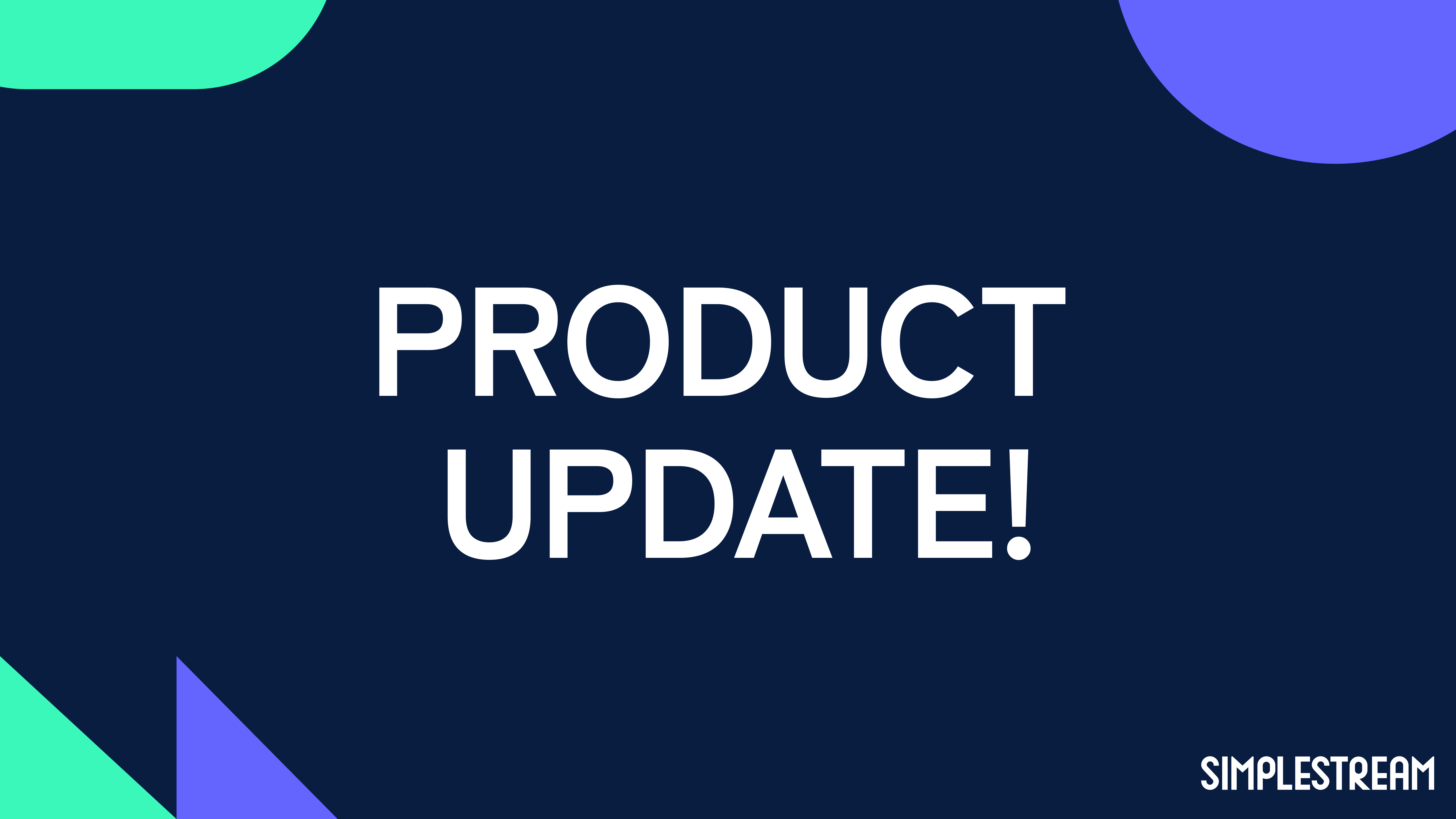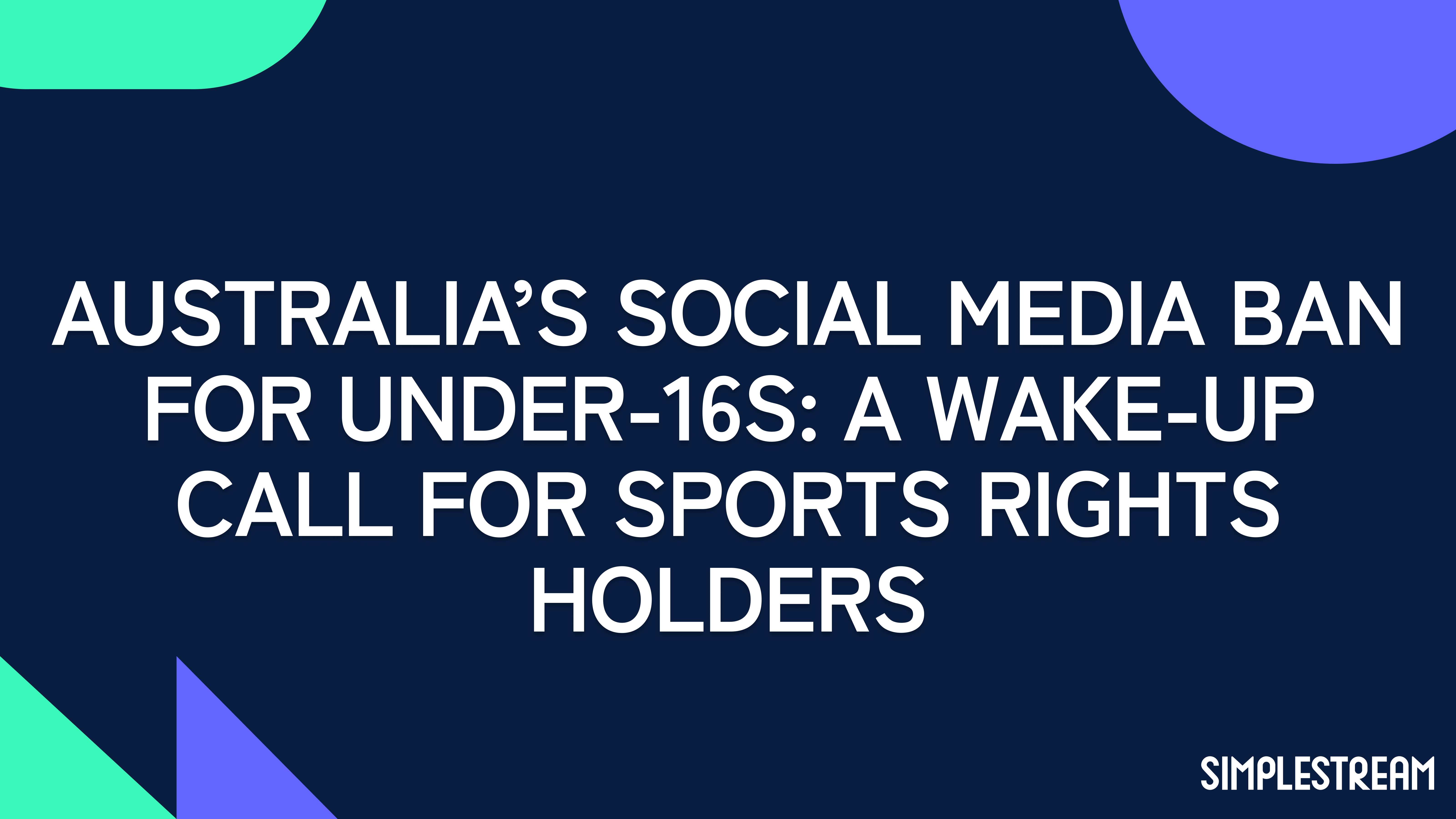Emerging trends in OTT: What to look out for at IBC2022
IBC2022 is fast approaching. What are the hottest trends to look for in Amsterdam? We give our predictions of what you may find.
It’s been three years since the last in-person edition of IBC in 2019, and we can’t wait to be back in Amsterdam! There have been so many developments in the OTT and streaming industry since the last conference, as we all know how quickly this sector moves. Hosting so many cultural and historical attractions, and with a storied past that goes beyond the surface of the canals themselves, Amsterdam is the ideal location to get a taste of the emerging trends in the technology of our industry. So, what does the future hold? Let’s find out with our predictions for IBC2022, read on below.
Advertising that moves FAST
Free Ad-Supported Television is going to be discussed at length, over many a coffee or cocktail, and for good reason. The decline in the UK’s streaming market has seen a loss of 0.5 million SVOD subscribers in Q2 of 2022 alone, so many of these services are looking at advertising-supported tiers as the answer. This may win the battle, but not the war.
Decision fatigue is still prevalent, and ‘live’ linear content delivery could be the tonic, with much higher viewing figures as opposed to on demand. When comparing viewing time for users, linear or ‘live’ content outperforms on demand content, with 33% longer viewing times on average (based on a real customer sample).
Samsung TV+ are now offering ad-insertion in-house as part of a syndication package, meaning you can go directly to the platform without paying ad-insertion fees to a third-party company. This presents a compelling argument for syndication, but these deals can be more difficult to obtain as these platforms will increasingly only take on FAST channels with the most popular content.
Another option is to use VOD2Live technology to repurpose existing back catalogues of content and present it within your own set of applications. No syndication is necessary if you have an existing audience large enough to support an advertising-based service. Think of thematic channels where you can present some of your best content, be it series or movies, with some ads presented throughout like a traditional broadcast channel. ITVX has gone in this direction, with the launch of their service including several FAST channels, and we expect other broadcasters to follow suit.
Sport has gone... tech
One of the main drivers of growth for OTT and streaming services in recent years has been sport. It’s a unique sector in that excitement is built around anticipation with pre-event coverage, and studied at length post-event, usually with live coverage sat in the centre. A fan-based experience that has evolved with time, especially when it comes to younger generations who have an appetite for much more candid short-form content delivered directly from the sports stars themselves.
Going behind the scenes stretches to an inadvertent second-screen experience at times, with many fans taking to social media to keep up to date with their favourite athletes. This presents a significant opportunity to cultivate an audience of superfans for lesser-known sports organisations that cover more niche corners of the market. Who knows who the next UFC could be? One thing we do know is that with a proprietary OTT service and applications, nurturing that audience could be much simpler for those organisations. Self-service is even better.

A word from our CEO and Founder, Adam Smith:
“The IBC Show is an epicentre for the latest technology and developments in our industry, so it’s great to be a part of that. Simplestream has evolved substantially since the last iteration of IBC and we have used that time to optimise our core product offering with enhanced modularity and flexibility, so as to continue to support the latest industry trends.”

Aggregate content, bundle services
Partnerships, licensed content, and bundled services are all potential solutions to subscription churn and revenue burn happening right now. Taking cues from telcos such as Sky including Paramount+ for their users as part of their existing subscription could be a great way to gain subscribers while retaining existing ones. Paying end-users are always looking for a good deal, and 33% of consumers would like to be able to consolidate multiple subscriptions into one bill. Content owners who currently do not have a smart TV app are likely to be looking to gain access to telco audiences through launching on these platforms, IBC presents the ideal opportunity for these conversations.
Hybrid monetisation models
SVOD services are adding AVOD tiers, while AVOD services are incorporating TVOD. It’s all getting a bit hybrid, and diversifying could increase overall revenue. It’s no surprise that subscription-based services are looking at advertising, a market that was worth $33 billion in 2021, and is only set to increase in the coming years. While the advertising-supported platforms now look to include TVOD, a market projected to reach $10.42 billion in 2022. It doesn’t take any stretch of the imagination to see that the convergence of monetisation models is culminating to provide consumers with as many options as possible in hope of winning their favour, engagement and ultimately, money.
These are just four of our predictions for the trends you may see at IBC2022, if you’d like to know more, then come and have a chat with us. Book a meeting here 🤝


